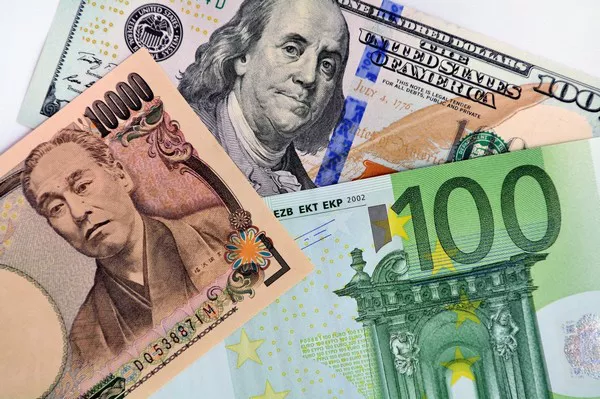In early trading in the European market on Thursday, USD/JPY attracted some short sellers and is currently trading around 145.90, down 0.23% on the day. Markets turned cautious ahead of the release of the Fed’s favored inflation measure, the PCE price index.
Separately, Bank of Japan board member Toyoaki Nakamura said on Thursday that policymakers need more time to avoid excessive monetary tightening. The speech led to renewed hawkish concerns about the Bank of Japan, putting downward pressure on USD/JPY.
Regarding data, Japan’s retail sales in July increased by 6.8% year-on-year, compared with the previous value of 5.6%, which was better than market expectations of 5.4%. At the same time, the country’s industrial production fell by 2.0% month-on-month in July, compared with an increase of 2.4% in the previous month, and the market consensus was for a decrease of 1.4%.
According to the 4-hour chart, USD/JPY is trading above the rising 100 hourly EMA, which is temporarily supporting the bulls. However, the RSI is in bearish territory below 50, indicating that the pair does not rule out further losses.
The short-term resistance level is 146.30 (the middle track of the Bollinger Channel). Any meaningful follow-through buying would push the pair towards the top of the Bollinger Channel and the psychological round numbers of 146.90-147.00. Further above, the next hurdles focus on the yearly high at 147.37, followed by 147.55 (November 2022 high) and 148.00 (psychological level).
On the other hand, the first support is near the bottom of the Bollinger Band at 145.70. The next support level is at 145.30 (100 hours EMA). An intraday break below the latter could point the pair towards the next key support levels at 145.00 (psychological round number mark) and 144.55 (August 23 low).


